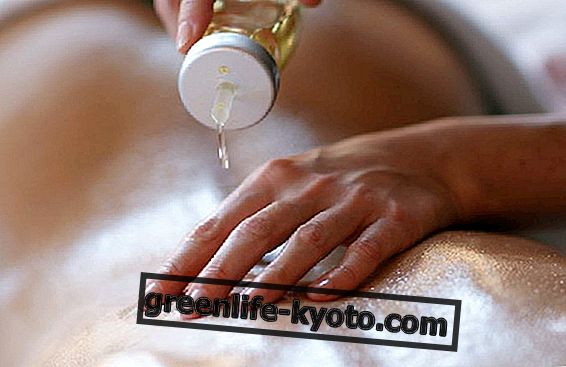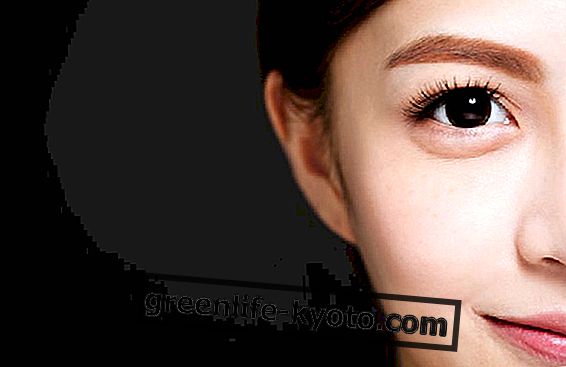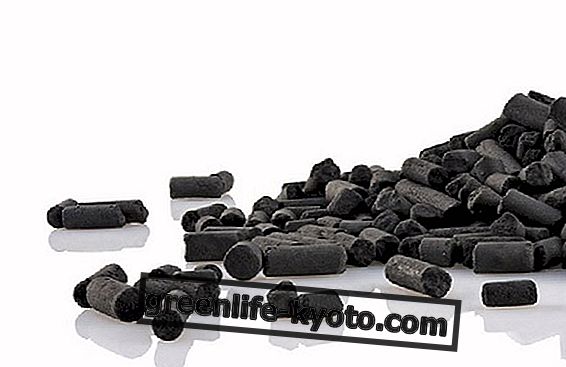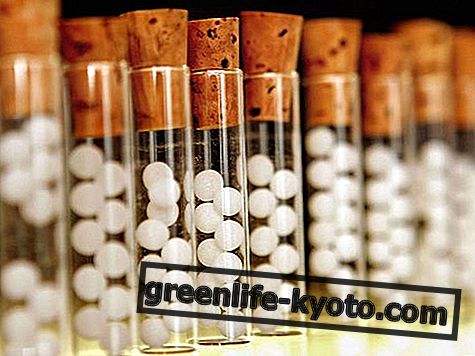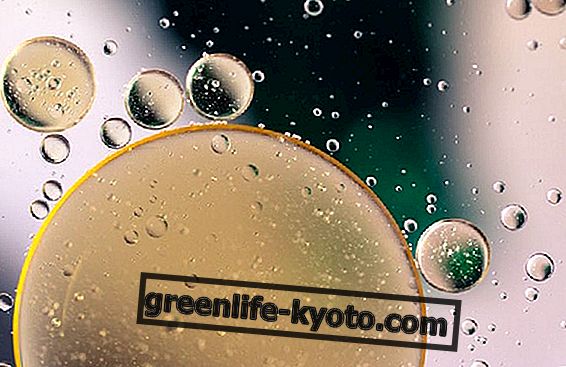Curated by Maria Rita Insolera, Naturopath
Soy, from which lecithin is extracted

What is soy lecithin
Lecithin is a phospholipid synthesized from choline, which is introduced into our body with nutrition.
Lecithin can be of vegetable origin, such as that contained in soya or corn, and of animal origin, such as that present in eggs.
It was precisely from the study of the yolk of the eggs that the scholar Maurice Gobley discovered lecithin in 1850.
Where is it
Soy lecithin is found mostly in plants belonging to the legume family, in whole grains and in egg yolks.
However, since lecithin is used as an additive in various other preparations, it can also be found in chocolate, pizza and creams used in the confectionery sector.
Properties, use and calories of soy
Properties of soy lecithin
Soy lecithin is a phospholipid with an emulsifying action, used to mix fatty and aqueous substances together. It is obtained from the processing of soy beans, is rich in choline, omega-3 and 6, inisitol, phosphorus, calcium and iron.
Soy lecithin has an anti-cholesterol action, protects the liver, helps the nervous system and contributes significantly to the health and proper functioning of muscles.
Soy lecithin is a substance that can promote brain function thanks to the high intake of choline, present in it. The use of this substance is often recommended in case of mental fatigue, to rebalance the nervous system and act as a tonic. The absence of gluten makes it suitable also for those suffering from celiac disease .
Uses of soy lecithin
Soy lecithin in the form of tablets, granules and powder is used as a supplement to lower blood cholesterol .
Soy lecithin can be used in granules as a "condiment" for first or second courses, milk, yogurt. In the kitchen, soy lecithin finds its use due to its emulsifying properties. Just melt a couple of tablespoons full in the water and add it to the mixture, which is for the dough of a pizza or to make a cream more dense and velvety.
Thanks to its emulsifying properties, soy lecithin is used to thicken creams and fillings. In food, when used as an additive, it is indicated by the abbreviation E322.
Soy lecithin has a surfactant action and is very useful for healthy skin and hair . For this reason it is widely used in the cosmetic industry, to produce creams, shampoos, conditioners and to regenerate tissues.
Contraindications
Soy lecithin may have some contraindications related to excessive use and intake . In this case it may involve:
- nausea
- diarrhea
- problems with the digestive system and the stomach in particular
- weight loss.
Intake during pregnancy and lactation should always be done with caution and following medical advice.


